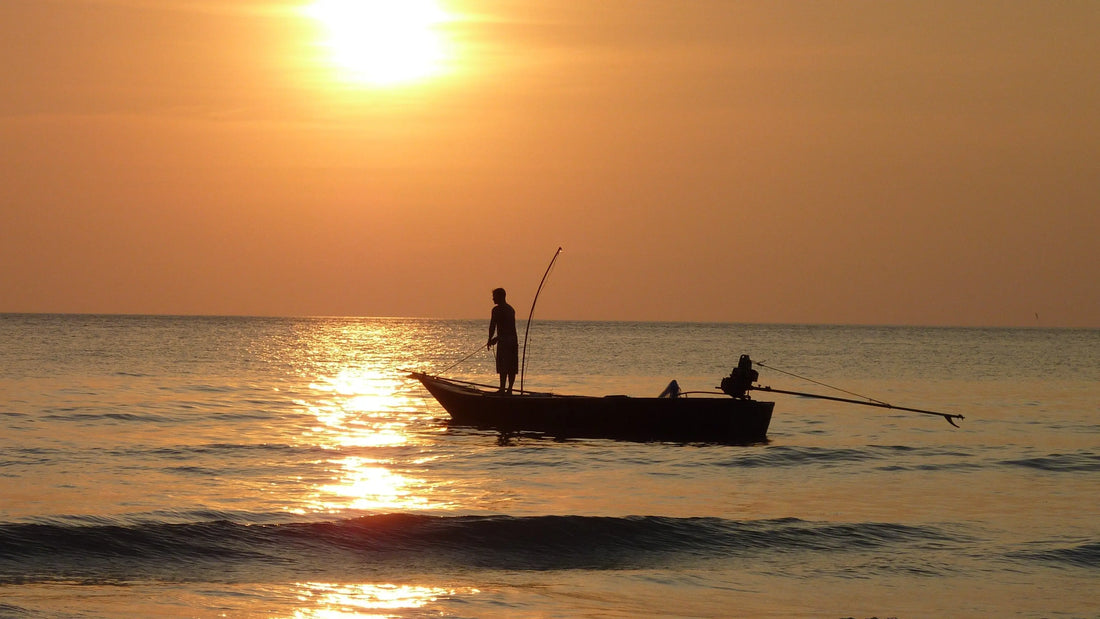
History of Fishing in USA:
Share
The history of fishing in the United States stretches back thousands of years, beginning with the indigenous peoples who relied on fishing as a vital food source. Here's a brief overview of the history of fishing in the USA:
Native American Fishing: Native American tribes across the country practiced various fishing techniques, depending on their geographic location and available water resources. They utilized nets, weirs, traps, and hooks made from natural materials to catch fish from rivers, lakes, and coastal areas. Fishing played a crucial role in their subsistence, culture, and trade.
Colonial Era and Commercial Fishing: During the colonial era, fishing became an important industry. Settlers from Europe brought their fishing traditions and techniques to the New World. In the 17th and 18th centuries, fishing activities mainly focused on cod, mackerel, herring, and other valuable species along the Atlantic coast. Commercial fishing developed rapidly, with fishermen using large vessels and employing various fishing gear.
19th Century Expansion: The 19th century witnessed the expansion of fishing activities, driven by the country's westward expansion and industrialization. The development of railroads allowed for the transportation of fresh fish from coastal areas to inland markets. Salmon canneries emerged on the Pacific coast, and the fishing industry expanded into the Great Lakes region.
Conservation and Regulations: As the 20th century progressed, concerns about declining fish populations and the need for sustainable fishing practices grew. The establishment of fishery management organizations, such as state fish and game departments and federal agencies like the United States Fish and Wildlife Service, aimed to regulate fishing activities, enforce catch limits, and protect endangered species. Conservation measures such as size limits, fishing seasons, and marine protected areas were implemented to preserve fish populations and ecosystems.
Recreational Fishing: Recreational fishing gained popularity during the late 19th and early 20th centuries. As transportation and leisure time increased, more people sought recreational activities, including fishing. The establishment of fishing clubs, development of fishing tackle, and the promotion of sportfishing contributed to the growth of recreational fishing as a leisure pursuit.
Modern Fishing Industry: Today, the fishing industry in the USA remains a significant economic sector, supporting commercial fishing operations, aquaculture, and recreational fishing. Commercial fishing continues to be an important source of seafood, and regulations are in place to ensure sustainable practices. Recreational fishing attracts millions of anglers each year, contributing to tourism, local economies, and conservation efforts.
The history of fishing in the USA is rich and varied, shaped by indigenous traditions, European settlement, industrialization, conservation efforts, and the evolving needs and interests of fishermen and society as a whole.



